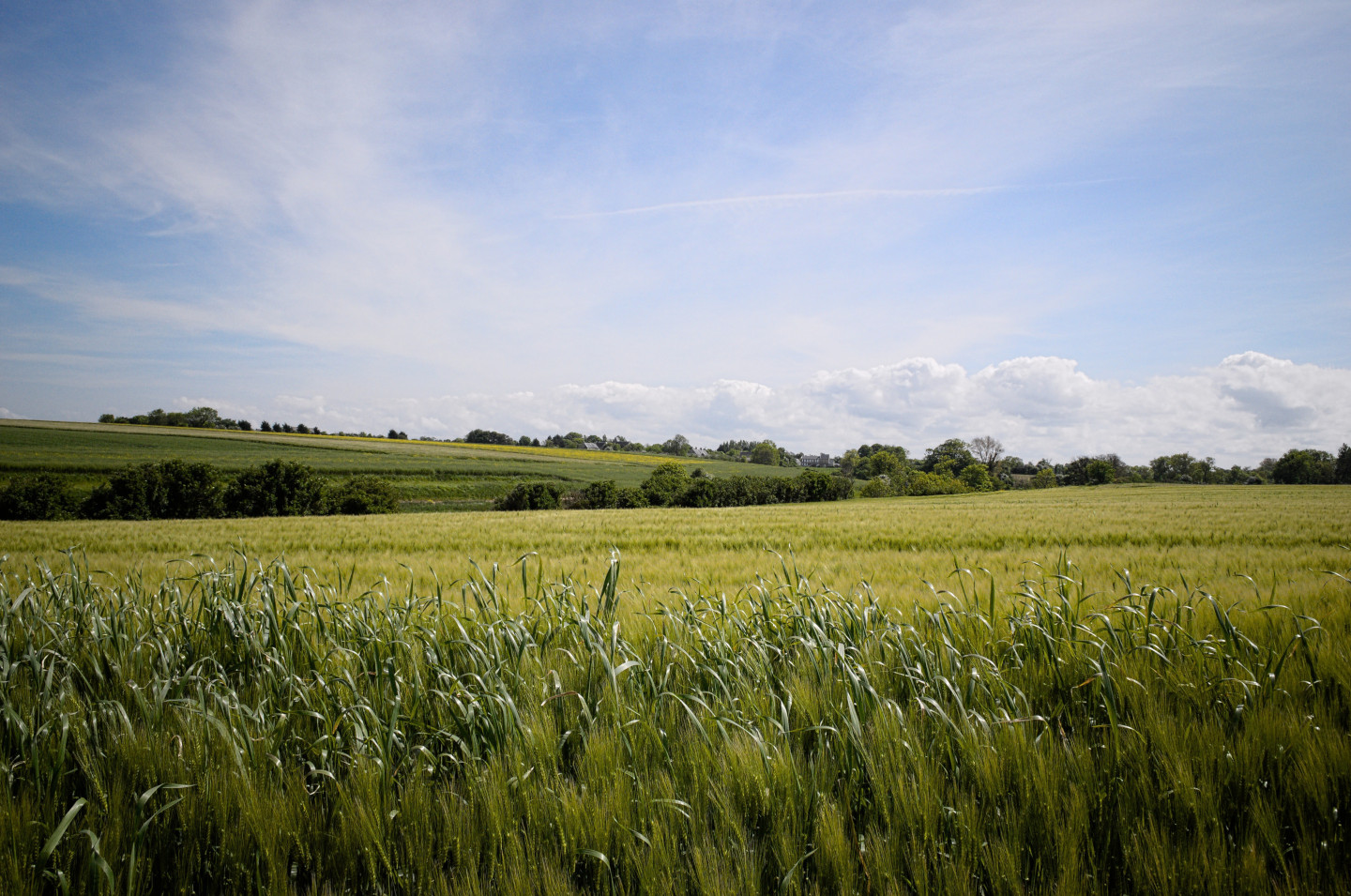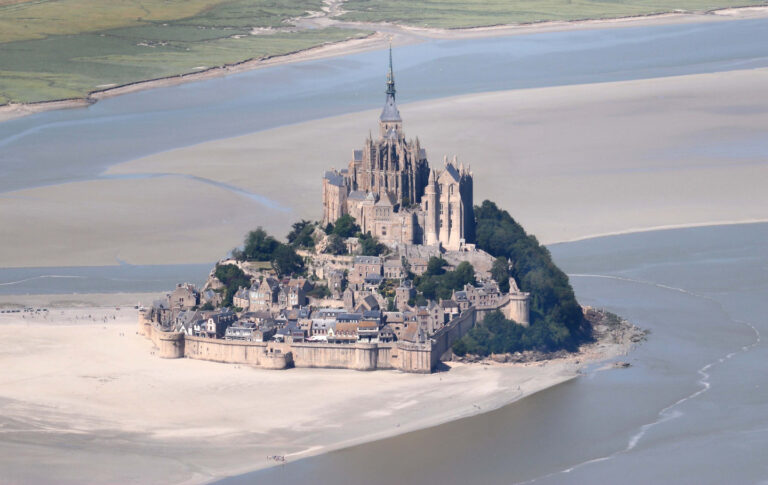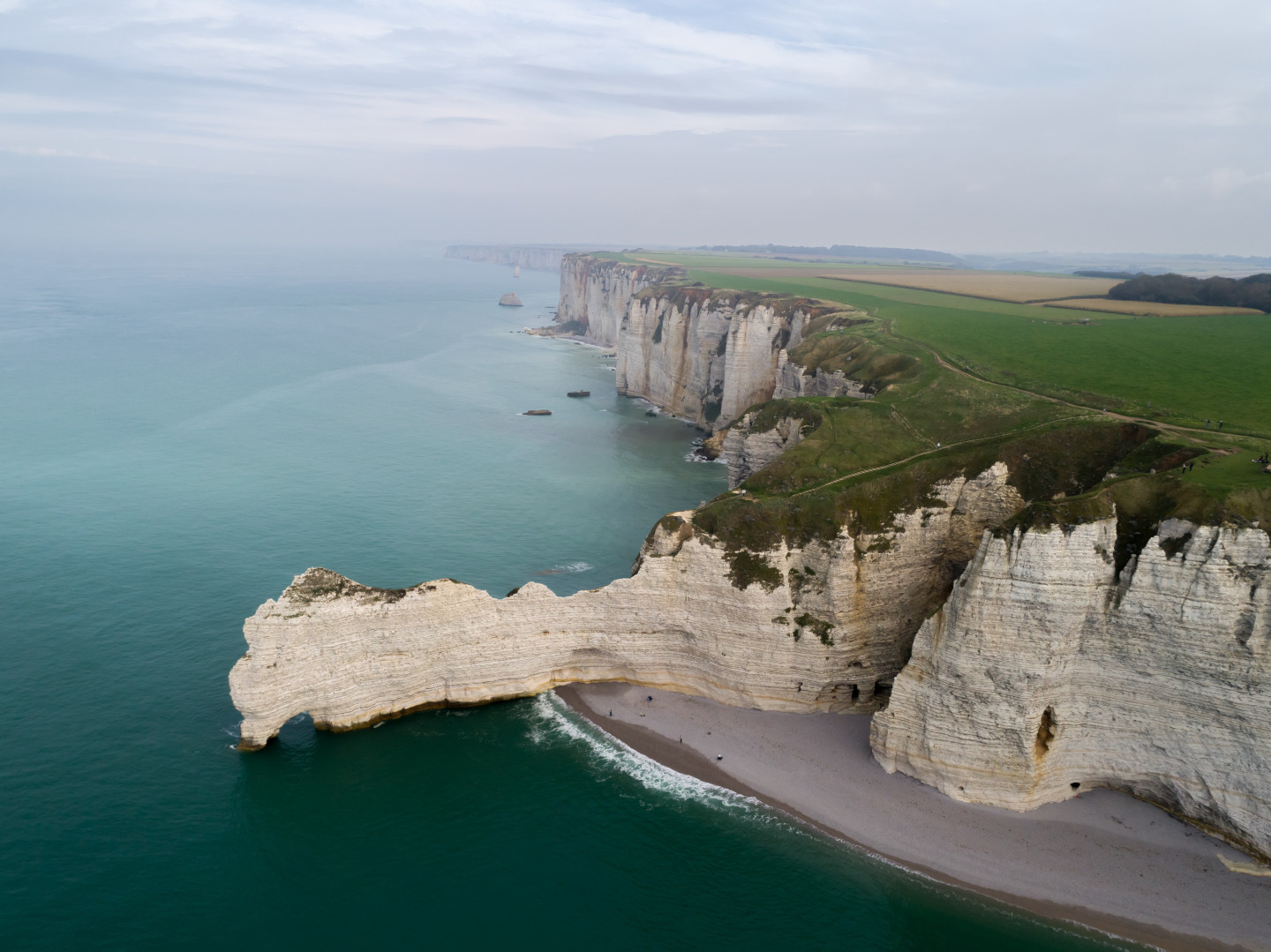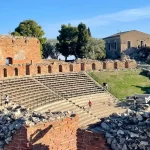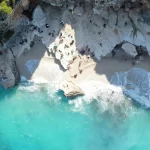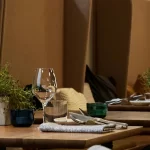Normandy: the Landing Beaches, Canadian Sector
1 Day
Europe
Tour Overview
- Roundtrip Airport
- Transfers throughout the program.
- Transfers to the excursions.
- 6nts Accommodation including Breakfast.
- Excursions as outlined in the program.
- Private transport from Hito Cajon to Uyuni.
- Catamaran sailing in La Paz.
- Meals s per the itinerary.
- Permanent assistance in each destination.
- Raincoats and boots in Uyuni in rainy season.
- International or domestic airfare.
- Services and non-mentioned meals / drinks in the itinerary.
- Early check-in, late check-out, and hotel extra
- Personal expenses.
- Tips for guides and hotel staff.
Your private driver-guide will share the highlights of Juno sector. Your day will start at the Ardenne Abbey built in the 12th century and occupied by the monks until the French revolution. In the 20th century, the place was under the control of a farmer Jacques Vico and became under the German occupation a training camp for the French resistance. On June 7th 1944, the buildings were occupied by the Hitlerjugend Division or called the Baby division (12 SS division). Today a Memorial commemorates a tragic event that happened there with the execution of 27 Canadian soldiers.
On the way to Juno beach, you will see two Memorials dedicated to the North Nova Scotia Highlanders and to the Sherbrooke Fusiliers Regiment. One stop will be held to Hell’s corner where the Canadians resisted repetitive attacks by the Germans and bombardments for three weeks until the victory at the Carpiquet aerodrome on July 4. We will stop in Anguerny (Elm line), where the 3 Canadian Regiments (La Chaudière, the Queen’s Own Rifles and the Fort Garry Horse) set up their camp for the night. An inukshuk, a stack of human-shaped stones from the Inuit tradition, symbolizes brotherhood, mutual respect and friendship between people.
To conclude the morning, you will pay tribute to the 2.049 brave and young Canadians who are buried in that small Cemetery in Bény-Reviers before you gather at the Canada House where a memorial has been erected in honour of the Queen’s Own Rifles Regiment and the Fort Garry Horse Armoured Division who paid a heavy price in the assault. Not far away, you will see the Hotel Graves, the headquarters for the Canadian and British War correspondents.
After the lunch break, you will head to Juno Beach Centre, its park and the landing beaches where the Regina and all Canadian Scottish regiments landed. Juno Beach Center presents the story of a new nation, the civilian war effort of the entire population, the early involvement of the country to help England to fight the Nazis as well as the various Canadian campaigns through Europe and even Asia.
Take a pleasant walk around the park to see some remains of the Atlantic wall (strongpoints, Tobruk, command post …), a Churchill AVRE tank (Armoured Vehicle Royal Engineers), armed with a 290mm gun used to destroy enemy fortifications. On June 6, 1944, “One Charlie” got stuck in the mud 100 m from the shore and remained there until 1977 when it was excavated, restored and offered on display. Close to the tank, you can’t miss the Cosy’s Pillbox, easily recognisable by its tilt, which was the site of fierce fighting on 6th June 1944.
Juno sector is the place who received the Prime Minister Churchill, the first steps of Charles de Gaulle since his exile in England and King of England. That is why today is erected a huge silver Lorraine French resistance cross to mark to return of Charles de Gaulle in France.

